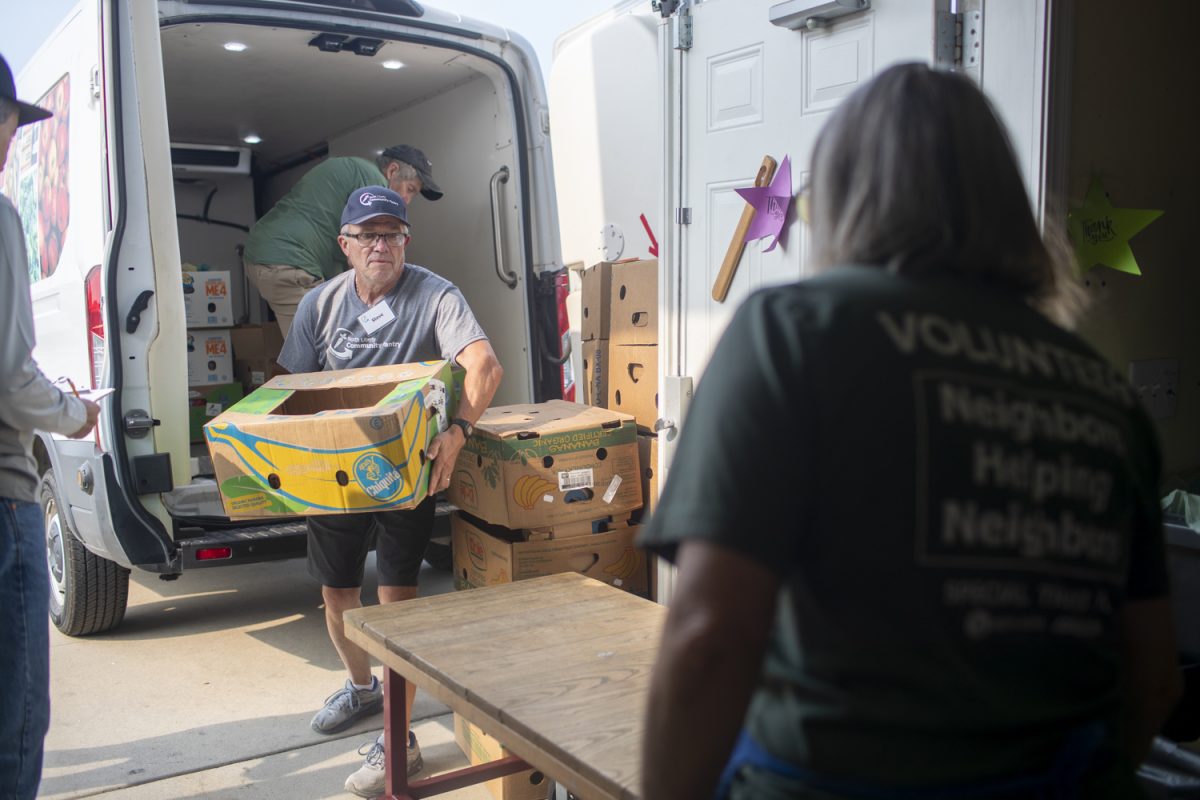The Iowa Department of Natural Resources’ most recent water quality assessment report showed that over half of the state’s water bodies are impaired, which means they are unsafe for their designated uses.
The department is required to release a report every two years on all impaired streams based on guidelines provided by the Clean Water Act. The state must specify the body’s use, such as drinking water or recreational use, to provide a guideline for how much contamination or impairment is acceptable for that use.
Much of the state’s impairments listed in the DNR are due to bacteria, Martin St. Clair, hydroscience researcher at the University of Iowa College of Engineering, said. St. Clair said it’s likely caused by agricultural runoff and animal waste since these are Iowa’s largest industries.
“As a result, our water quality issues primarily originate from agriculture,” St. Clair said. “That’s where we’ve got to do the work.”
Noah Poppelreiter, DNR supervisor of water quality monitoring and assessment, said the DNR monitors impaired bodies based on the total maximum daily load of contaminants allowed in the water and constructs plans to improve or fix the impairments.
Since the last report in 2022, Poppelreiter said 96 segments of impaired waters were removed from the list and 75 segments were added. He said 21 improved bodies also saw fish populations return that had not been present in the last report.
“I try not to think too much about the impaired list as being the end-all-be-all definitive answer,” Poppelreiter said. “It’s a tool that helps people make decisions. The more data you have, the better decisions you can make, so we’re always trying to improve water with the DNR.”
The director of the Center for Health Effects of Environmental Contamination, David Cwiertny, said he was not surprised by the number of impaired bodies in the latest report, as Iowa has struggled with water quality for many years. He said his biggest takeaway from the report was the fact that half of the state’s water bodies weren’t monitored or reported on at all.
“We need to be investing more in monitoring to get a more complete picture,” Cwiertny said. “The picture we have is not good, and it’s incomplete.”
Right now, Cwiernty said the center is focused on the impacts of the impairments and taking a holistic approach to what could be contaminating the water by measuring more than just nutrients, which he said are believed to cause impairments. They are now also looking at pesticides, pathogens, antibiotics, and PFAS chemicals which essentially remain in the water forever.
“We don’t do the research on how to stop the water from being impaired,” Cwiernty said. “In fact, I would say we have a pretty good idea of what we need to do, and not a lot of innovative science needs to be done there. We’re just not doing it.”
RELATED: Low water quality suggests harmful chemicals affecting Iowa’s rivers and lakes
St. Clair said any real change made in the quality of Iowa’s water bodies needs to start at the state government level.
“It would require an investment of resources, but I think more than that, it would require political will,” St. Clair said. “And I think our legislature representatives have to decide that clean water is a priority to really make a difference in these kinds of results.”
Cwiernty said Iowa residents need to raise a brow at the quality of water as well.
“Iowans need to understand that this report has a direct impact on their quality of life,” he said. “Our water resources that we rely on for things like recreation and drinking are far too often impaired.”
















